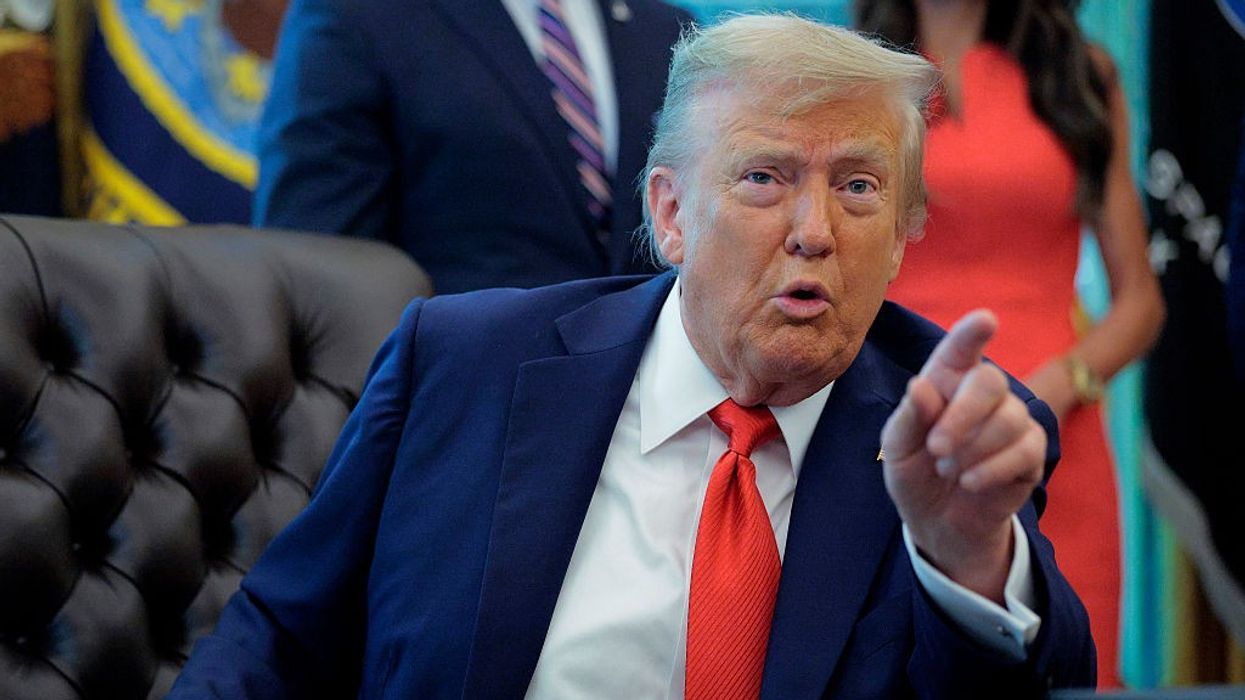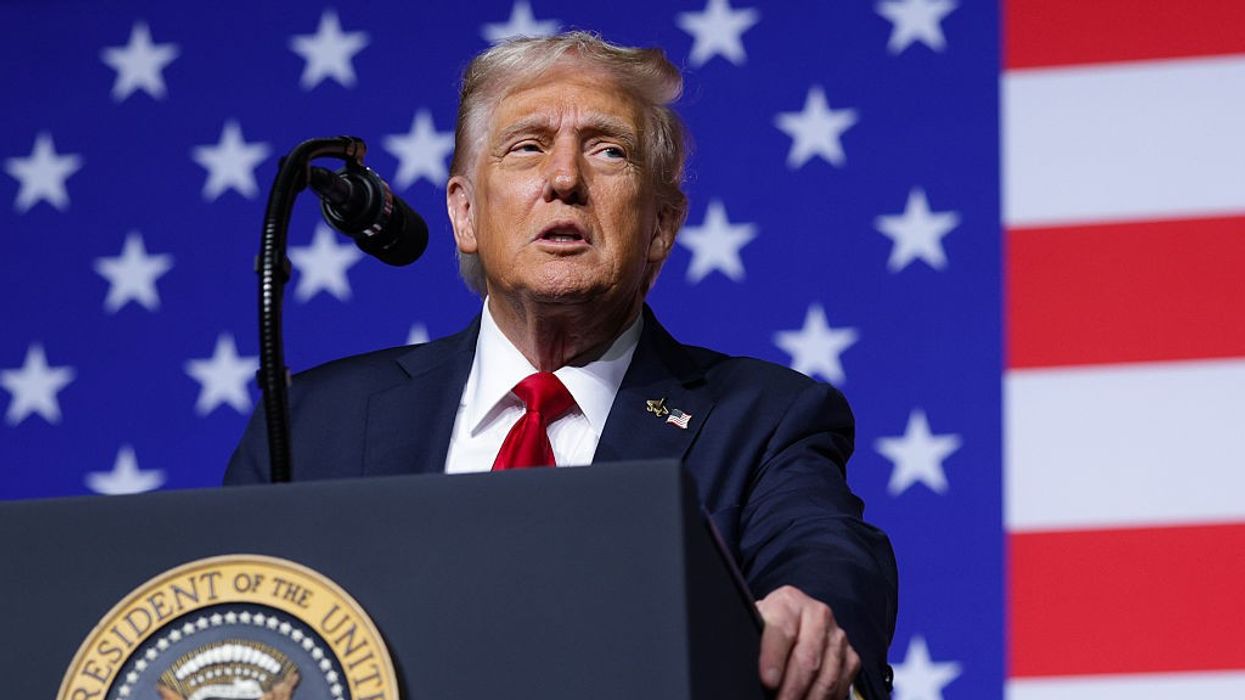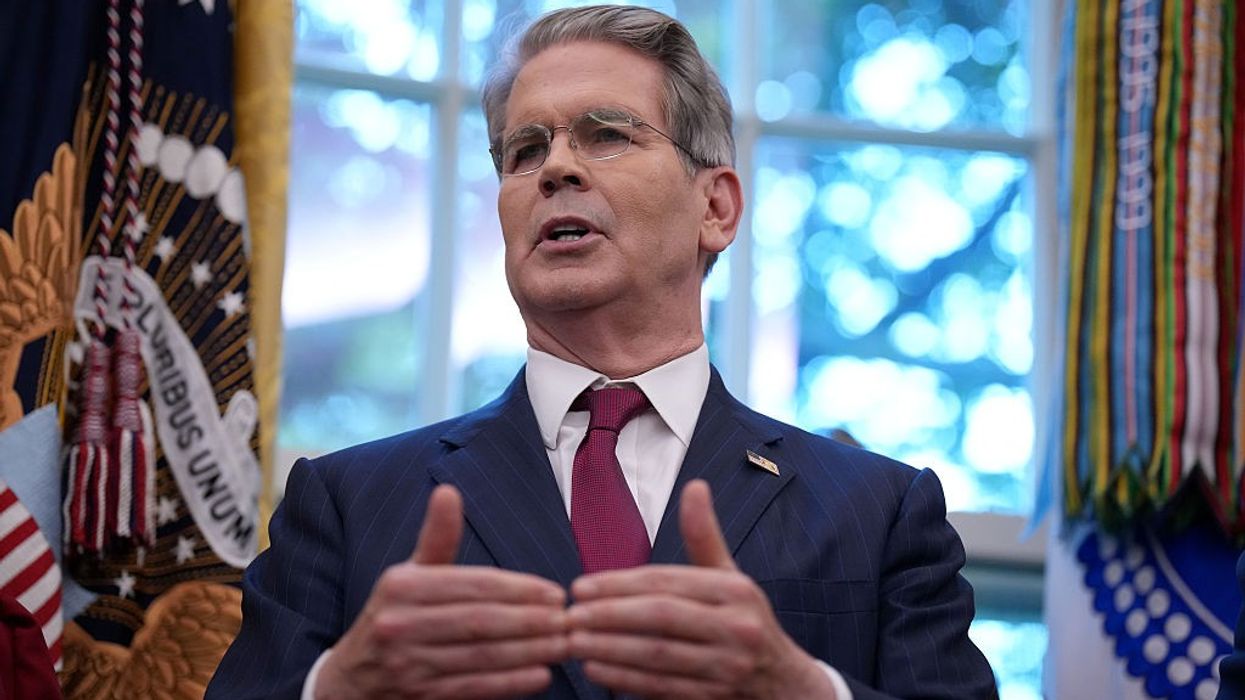Highlights:
- India’s exports to China jumped 42 per cent in October 2025.
- Between April and October, exports to China crossed $10 billion.
- Key export items: petroleum products, telecom parts, and shrimp.
- Indian firms are shifting trade to China amid rising US tariffs.
- Experts say this shows India is diversifying to reduce trade risk.
There’s growing concern in Washington as India’s exports to China soar, even while the US imposes heavy tariffs on Indian goods. India appears to be softening the impact of these tariffs by redirecting trade to China.
From April to October 2025, India’s exports to China rose steadily month after month, culminating in a 42 per cent year-on-year jump in October. Over the same seven-month period, the value of these exports crossed $10 billion, a nearly 25 per cent increase compared to the prior year.
This surge comes amid steep US tariffs on Indian goods. Experts say Indian companies are now re-aligning their trade, deepening economic ties with China as a way to hedge against US trade pressure.
Several key sectors are driving the growth: petroleum products saw dramatic export gains; telecom instruments, especially mobile set components, surged; and seafood like shrimp, which faces a 50 per cent US tariff, is now finding strong demand in China.
Trade analysts interpret this as a deliberate move by Indian exporters to diversify and de-risk. As one expert put it, Indian firms “felt compelled to find a new way,” turning to alternative markets after US duties made exports to America more expensive.
















